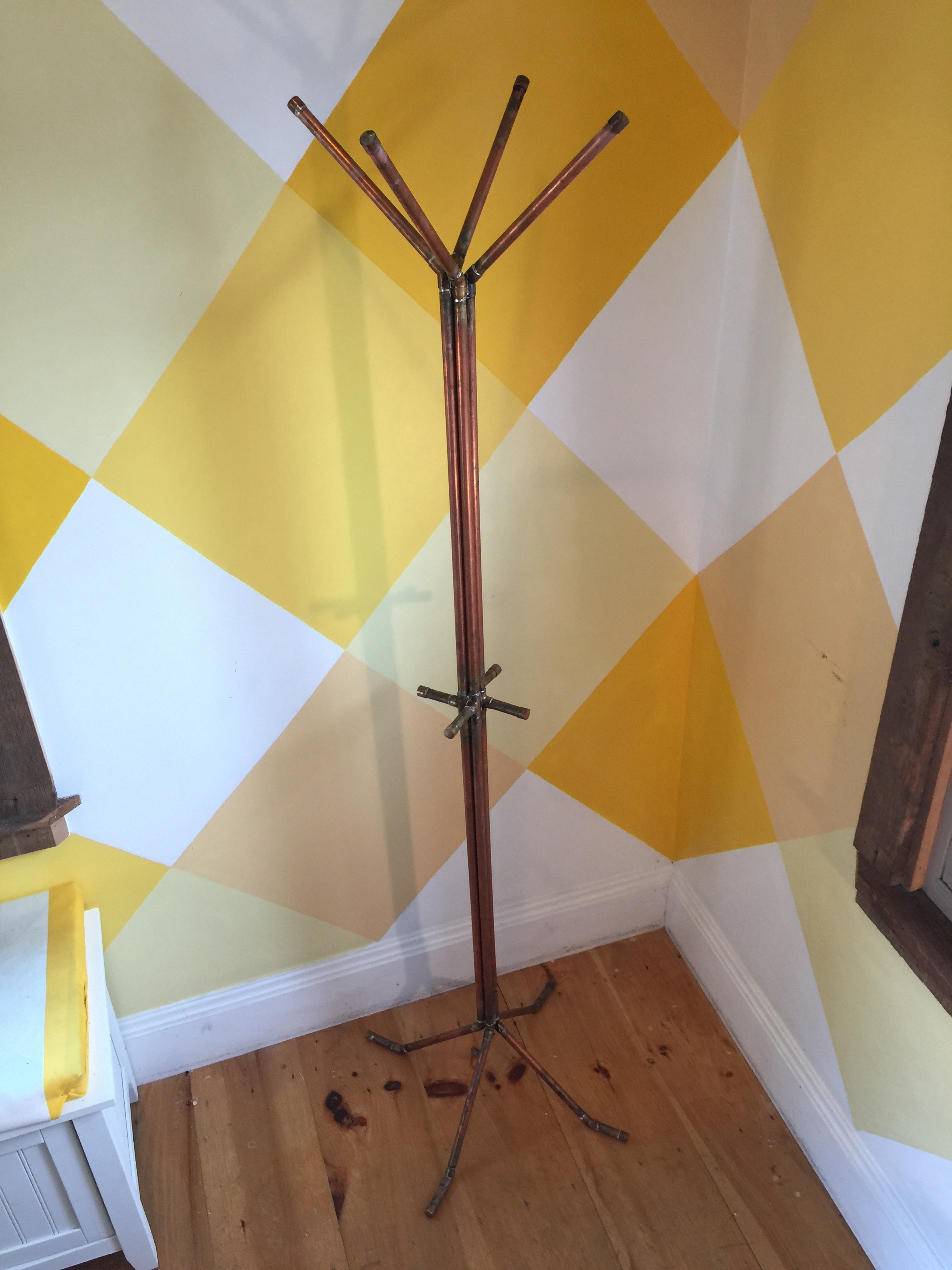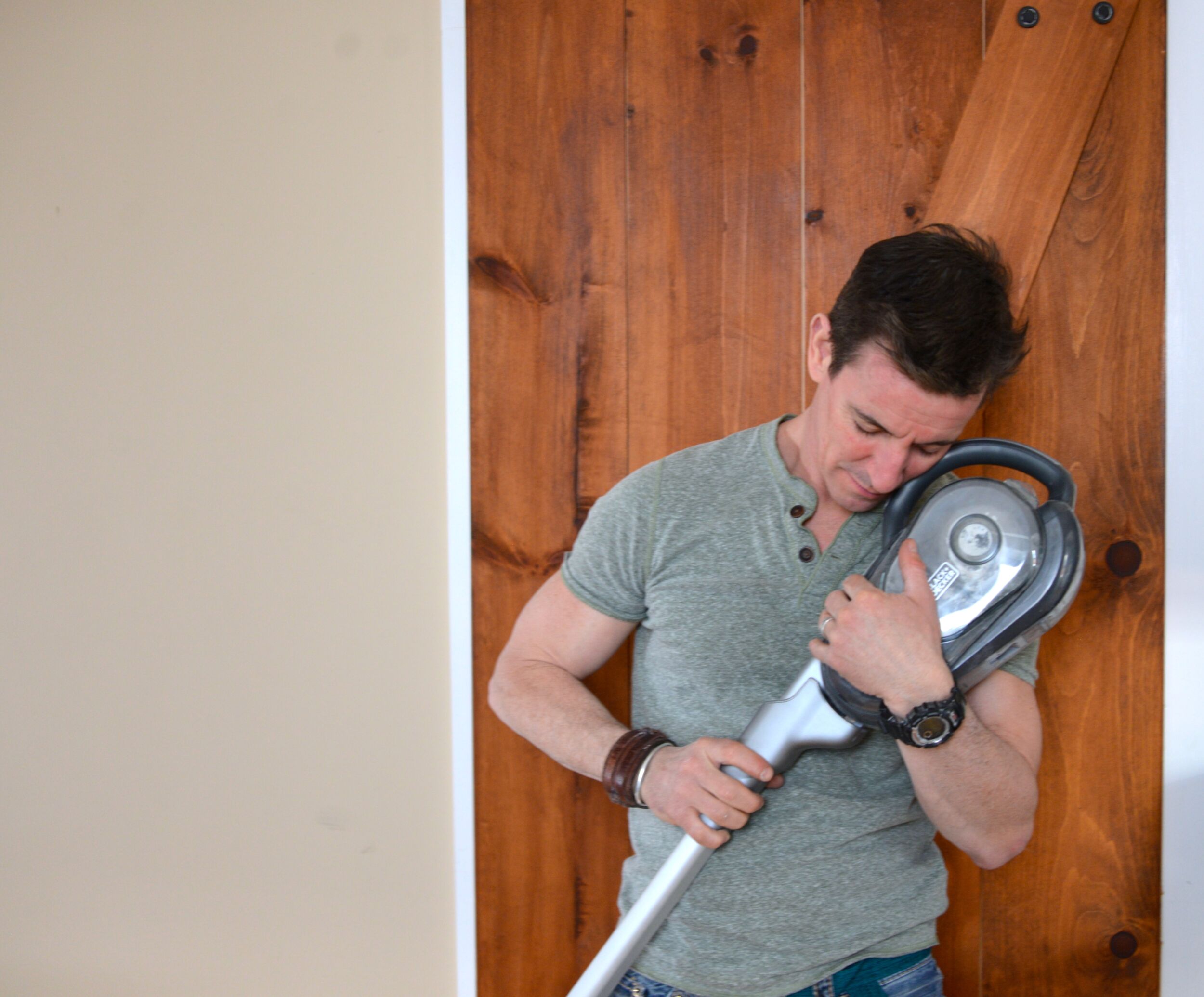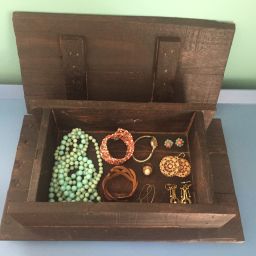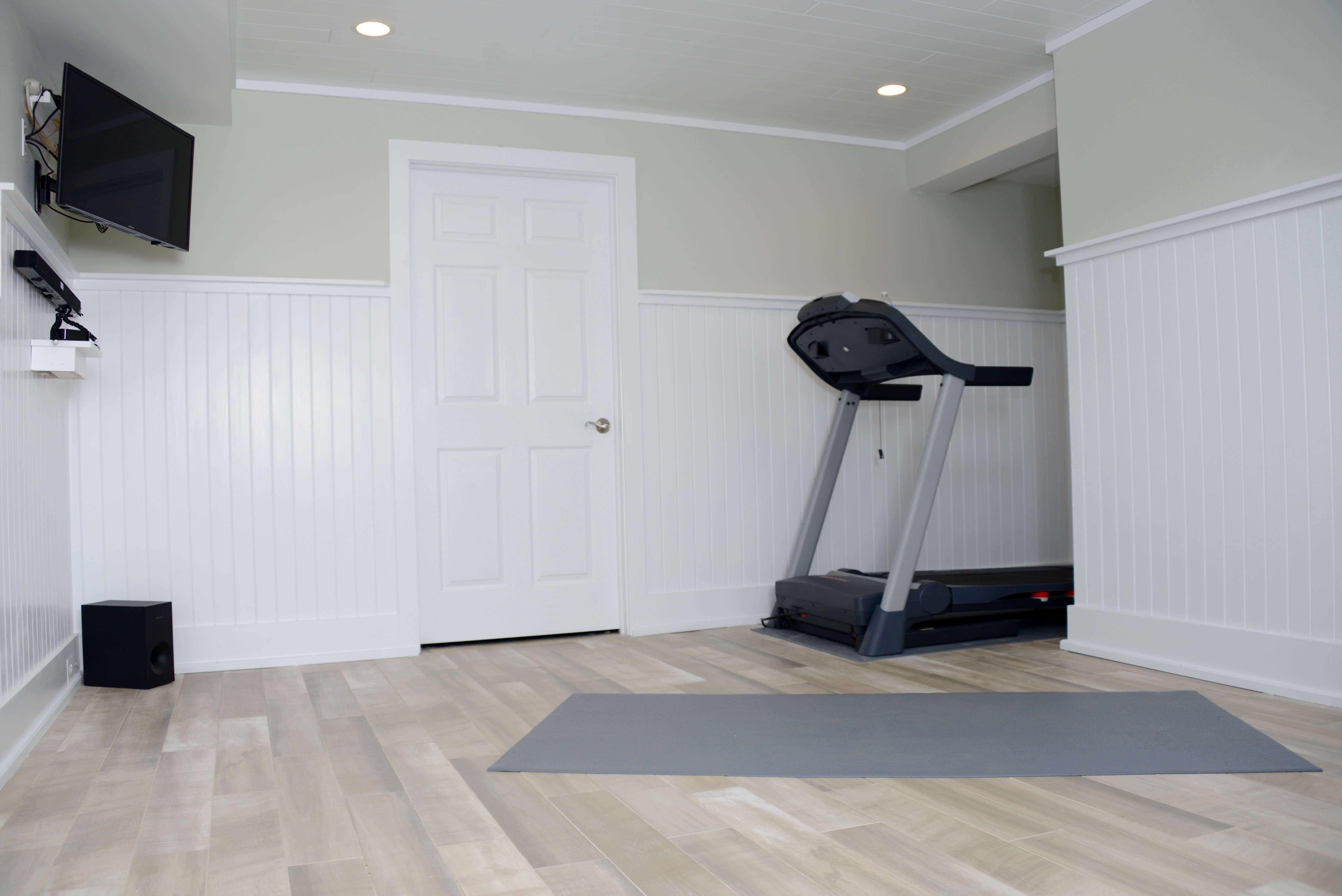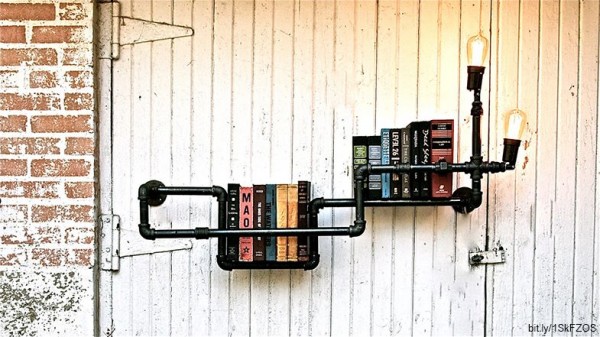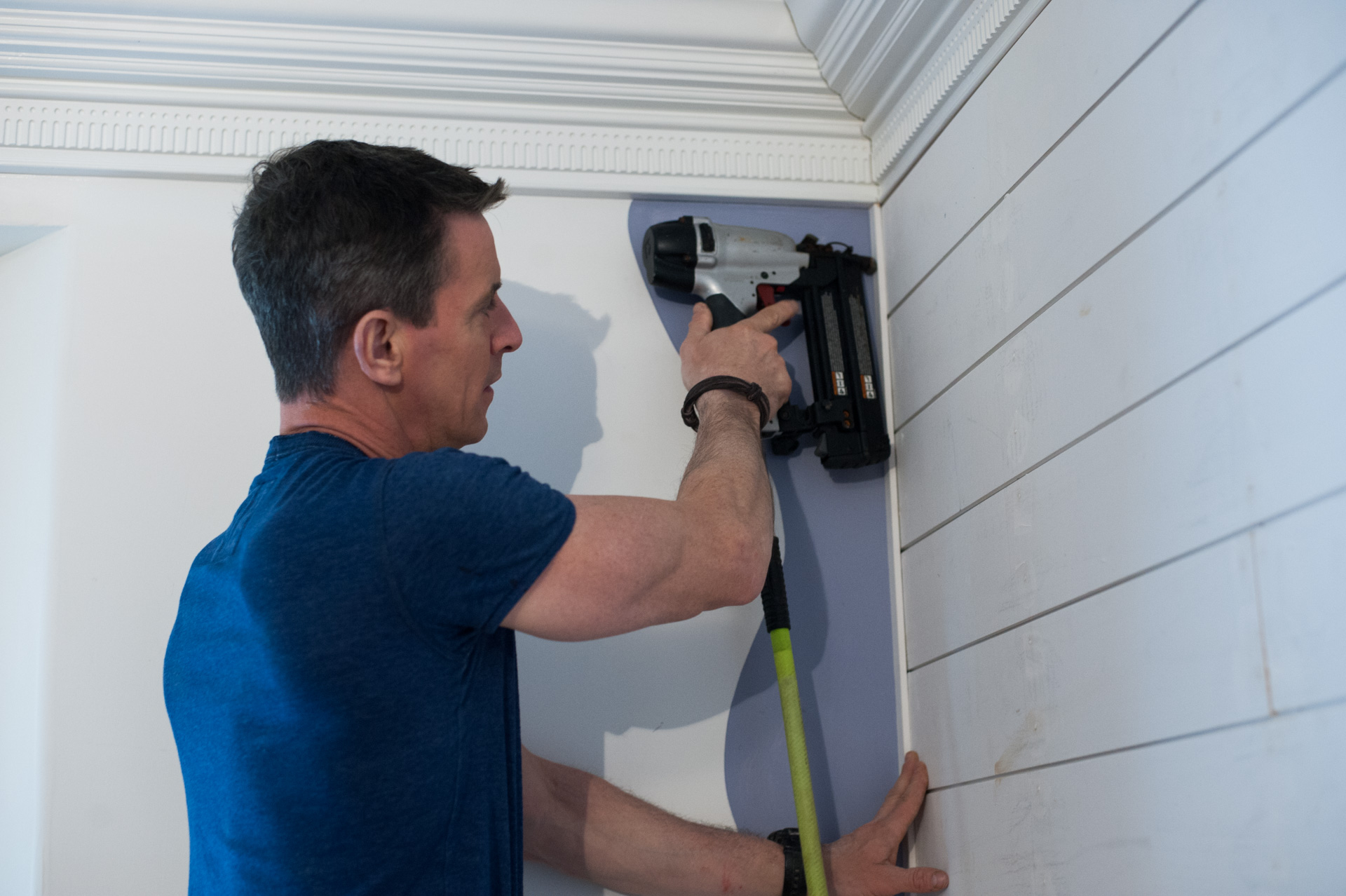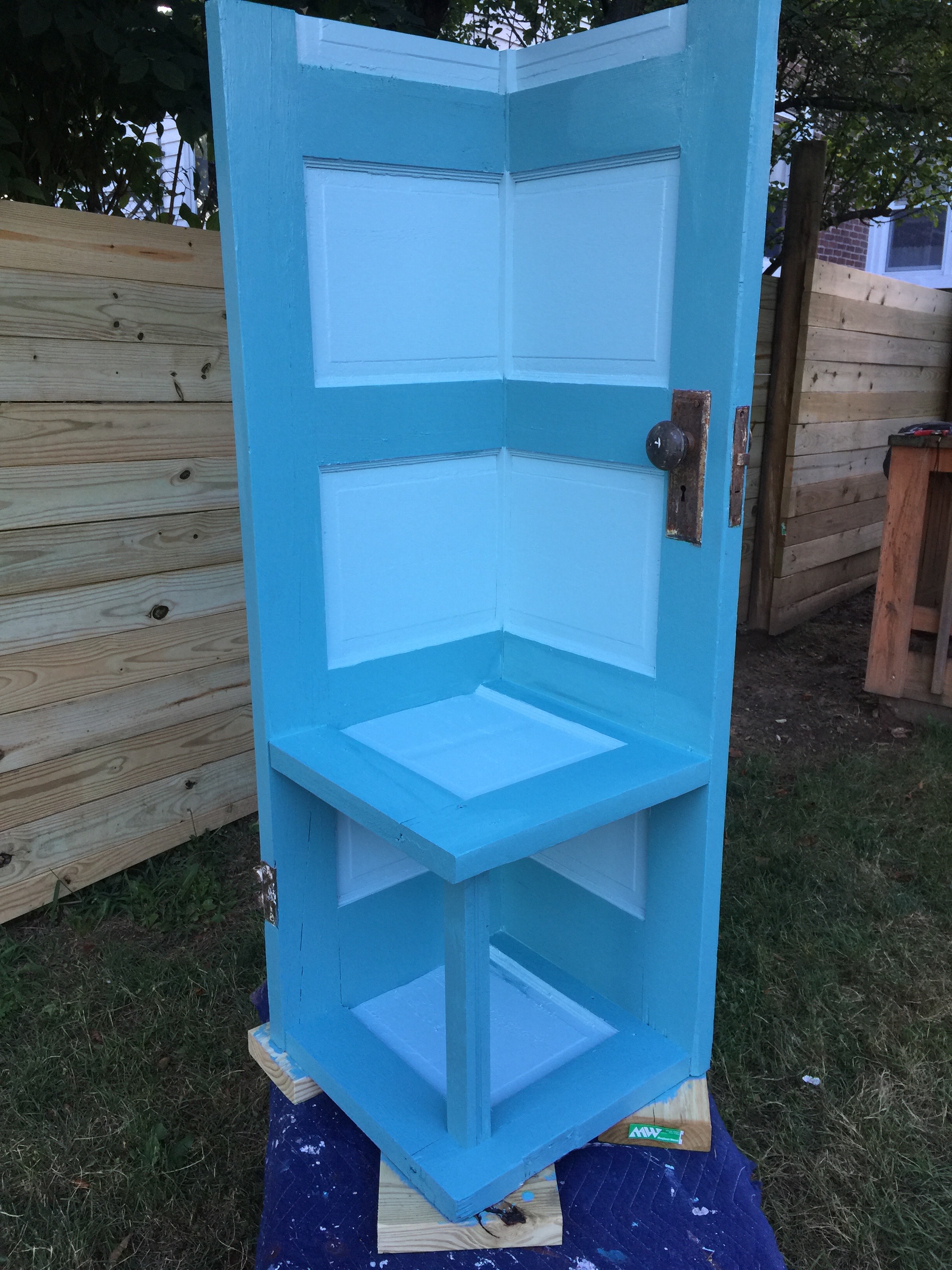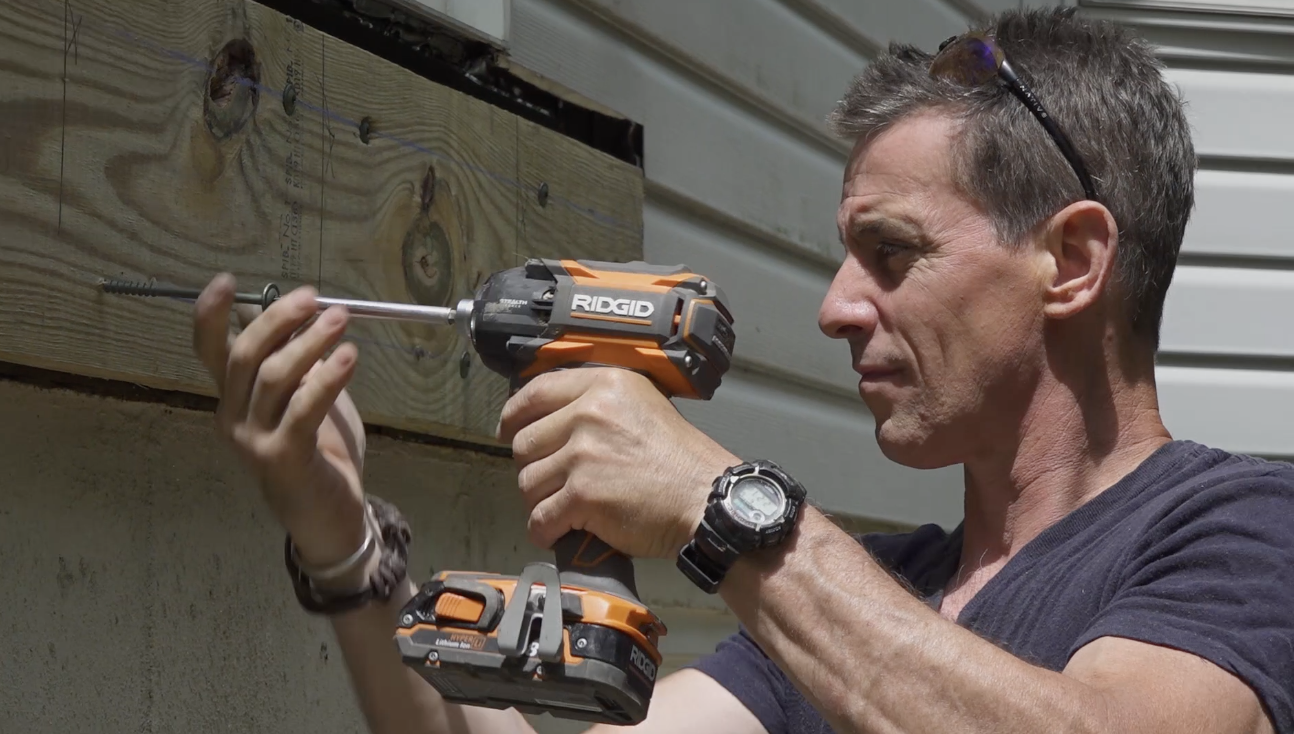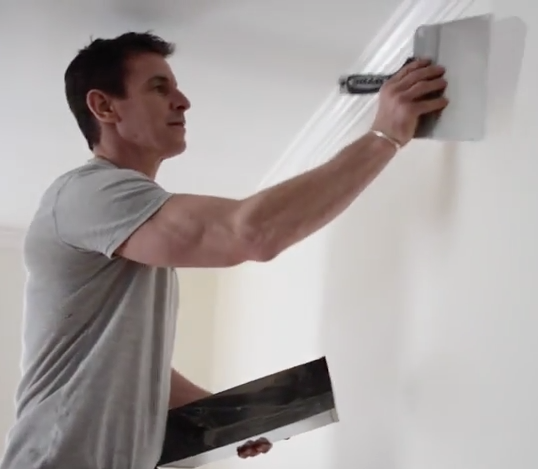
Problem: I need to repair plaster. Existing plaster-on-brick has cracked. Someone repaired it with fiberglass mesh tape. By ‘repair’ I mean they fu++ed it up.

Now I have to fix plaster that has been repaired. My buddy has a rotary/chipping hammer that I used for drilling holes in concrete. Please tell me I don’t need to haul that SOB out to chip out the crack and start over. —D_Wiz
D_Wiz — Keep the faith buddy.
Unless the plaster is coming off in large chunks, this plaster repair is handwork. Tool of choice: My mighty Hyde painter’s multi-tool. Well, not mine. Get your own.
Before you gouge, use a moving blanket or flattened cardboard box or even Oatey shower liner as a drop cloth. Get a box or bucket to hold the debris and at least a dust pan and brush if not a small vac to clean up.
Next, use the point of the mighty multi- to score around the tape. Then gouge and pry and do what needs to be done to get it out of there. The goal when you repair plaster is a clean surface. Get in the crack and remove the loose material.
If you’re a glue-peeling OCD perfectionist, it’s physically and emotionally tempting to start prying out large portions of what seems to be loose plaster (guess how I now this). If the plaster is solid, leave it alone.
Now for the compound. You’ll need a base to fill in the hole before you can even think about finish coats. I’m thinking this takes 4-6 applications. To speed things up, you can do your base coats with setting-type compound (like Durabond 20). Pack the gouge and let the compound dry. You can’t fill it up in one application no matter how hard you try, so don’t try.
Once the hole is full—you want your base just slightly below the finished surface—start your skim coats. I don’t think tape is the right option (I’m not a fan of fiberglass tape anyway).
You’ll need three sizes of drywall knives—6, 10, 12-inch—to apply, then feather in wider and wider coats. WATCH THIS VIDEO from our YouTube Channel. It covers drywall application tips and tools that also work to repair plaster.
And you may consider mixing setting-type compound (powder) into drying-type compound (bucket) into each batch to speed drying time. That’s up to you. Just know that a little powder goes a long way.
Keep feathering out wider and wider skim coats, sanding in between them, till the whole thing fades away.

